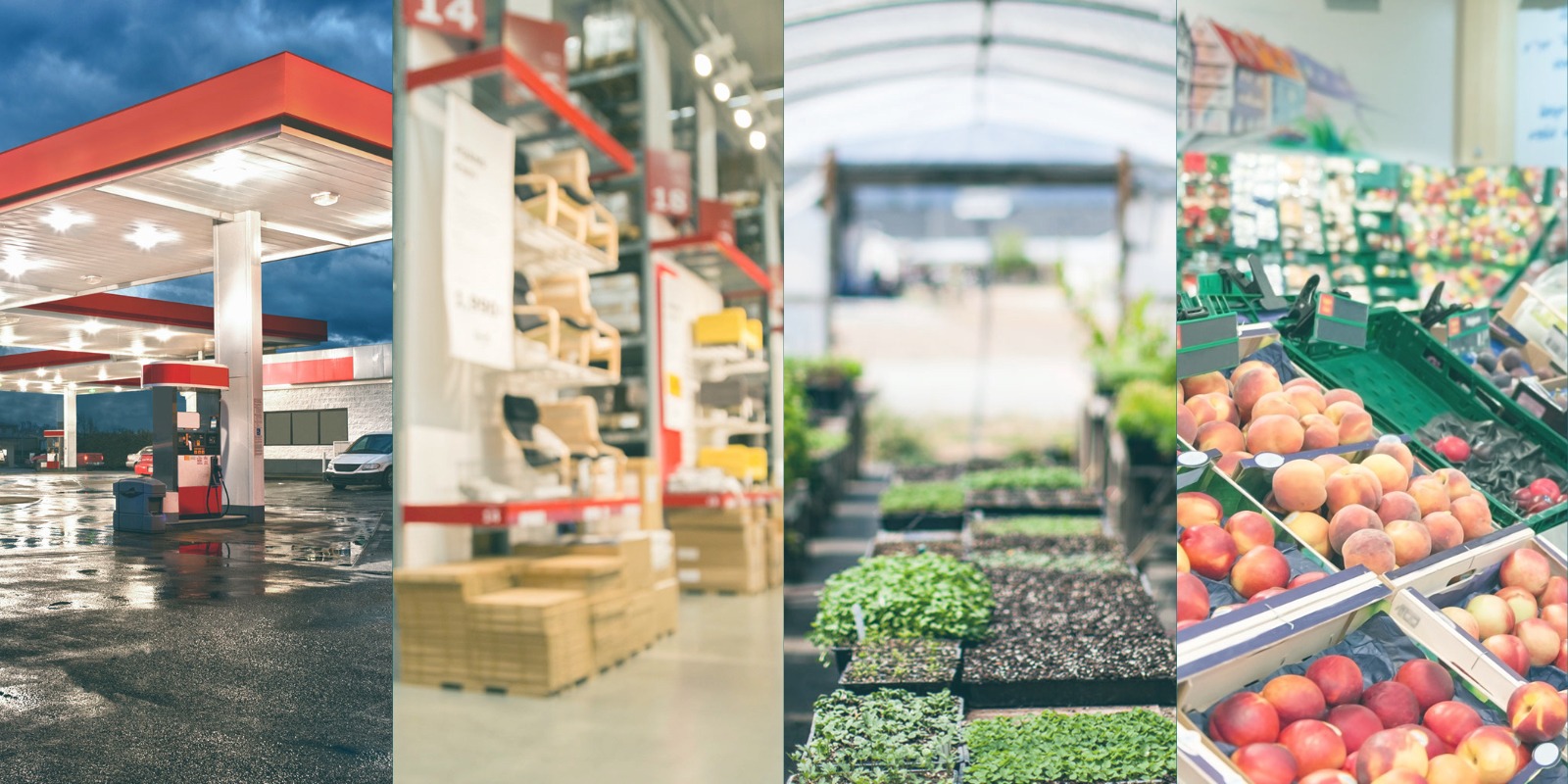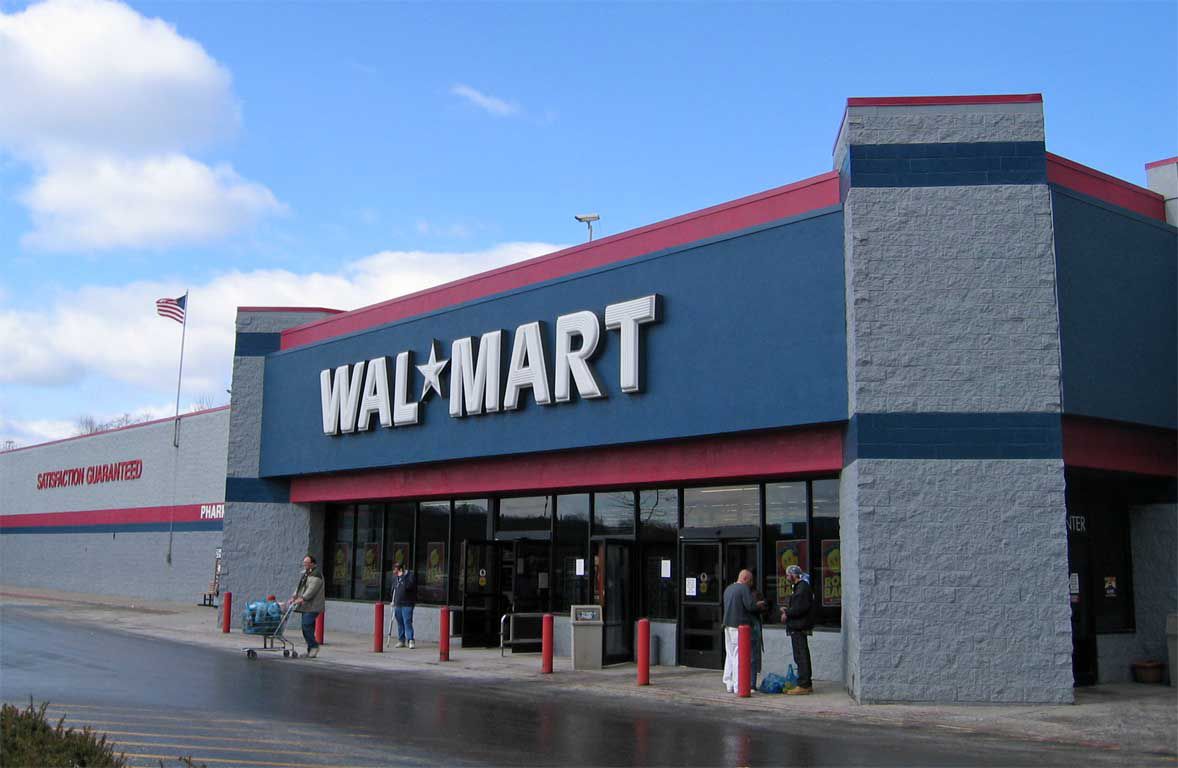Popular Retail Chain Rite Aid Announced Another Round of Store Closures Due to Bankruptcy. The retail industry has witnessed significant upheaval post-COVID pandemic, with several large chains such as Target, Walmart, and Walgreens Boots Alliance making headlines not for expansions but for store closures across the United States.
While these closures have been attributed to a variety of factors including organized crime and underperformance, these retail giants have managed to steer clear of the bankruptcy courts.
In contrast, smaller chains and some longstanding brands have not been so fortunate, succumbing to the pressures of increased competition and changing consumer behaviors. Notably, the Philadelphia-based retail giant, Rite Aid, finds itself in a precarious position, having recently declared Chapter 11 bankruptcy.

A Closer Look at Rite Aid’s Financial Struggles
Rite Aid, once a staple in American shopping malls, announced plans to shutter 13 additional stores across the East and Midwest, from Pennsylvania to Virginia. The move brings its total store closures to 322 since filing for bankruptcy on October 15, 2023.
Amidst fierce competition from giants like CVS and Costco, and innovative players like Amazon and Mark Cuban’s CostPlus Drug, Rite Aid listed a staggering $3.3 billion in debt.

The struggle isn’t just about closing stores; Rite Aid’s troubles are compounded by a civil lawsuit alleging that its pharmacists improperly filled opioid prescriptions, contributing to the opioid crisis.
The lawsuit, coupled with their financial woes, pushed them into a position where bankruptcy offered a necessary reprieve from legal battles, potentially saving them from crippling financial judgment.
Bankrupt essential retailer closing more stores across nation https://t.co/qOGhtMTunP
— The News & Observer (@newsobserver) April 11, 2024
The Broader Impact of Retail Bankruptcy
The tale of Rite Aid underscores a larger narrative in the American retail landscape where bankruptcy filings are becoming a common solution for companies under duress.
Recently, 99 Cents Only Stores also filed for Chapter 11, planning to liquidate its impressive portfolio of 371 stores across California, Texas, Arizona, and Nevada. The company’s decision to sell off its real estate assets highlights the severe strategies companies are employing to mitigate the financial fallout.

These liquidations and closures are not just numbers on a balance sheet; they have real-world implications for employees, suppliers, and communities. Each closure would mean job losses, reduced consumer choice, and, potentially, the decay of once-thriving shopping districts.
Reflections and Future Outlook
As the retail sector continues to evolve, the story of Rite Aid and others serves as a stark reminder of the volatile nature of the retail business and the thin line between success and failure. For every Walmart and Amazon thriving in this cutthroat environment, there is a Rite Aid or a 99 Cents Only facing daunting challenges.
The retail industry’s future will likely hinge on adaptability and innovation, with an increased emphasis on online shopping experiences and perhaps a reimagined approach to in-store consumer engagement.
As the dust settles post-pandemic, only those who can effectively adjust to the new consumer expectations and economic realities will flourish.
For consumers, the shifting retail landscape offers both challenges and opportunities. As some doors close, others open up, often introducing more technologically integrated shopping experiences and potentially more competitive pricing.
The ongoing transformations in the retail sector are a reflection of broader economic trends and consumer behavior. Understanding these shifts is crucial for anyone directly or indirectly connected to the industry, from investors to everyday shoppers.
As we continue to monitor these changes, one thing remains clear: the American retail landscape will never be quite the same again.










